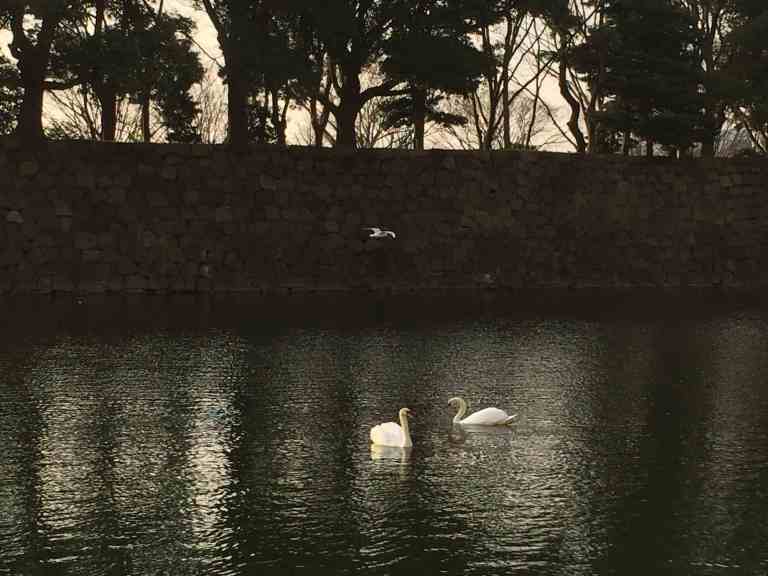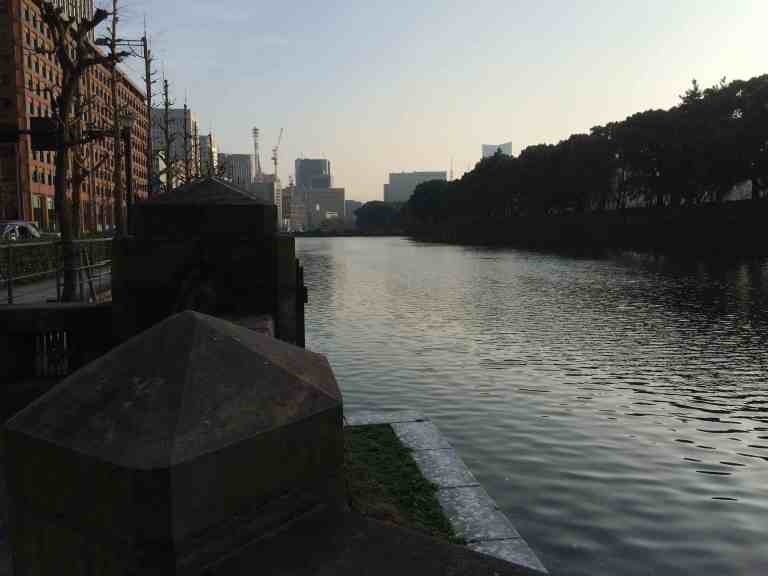
 From Sendai, I took the train back to Tokyo and spent some time in the bustling capital city. As I navigated the busy streets, it made perfect sense that 9-13 million people live and work here. Every aspect of the city is crowded and densely populated, which I found fascinating.
From Sendai, I took the train back to Tokyo and spent some time in the bustling capital city. As I navigated the busy streets, it made perfect sense that 9-13 million people live and work here. Every aspect of the city is crowded and densely populated, which I found fascinating.



After dropping my bags off at my capsule hotel (post coming soon), my next stop was to the Imperial Palace grounds. Walking here you get the sense (as in many other places in Japan) of the ancient traditions juxtaposed against a very modern skyline. It is also hard to forget that this city was ruined and rebuilt twice in the 20th century: after a 1923 earthquake and of course after World War II.



Tokyo’s origins are humble, almost unrecognisably so today. It began as a fishing village called Edo in the 12th century. It would later become a military center and eventually the capital in the 18th century, though for many years the Imperial Capital would remain at Kyoto. Emperor Meiji moved his court to Tokyo in 1869, giving Edo precedence over Kyoto, and it has been the full capital of Japan ever since. The name change took 20 more years, with Tokyo officially being established in 1889. The Japanese government and imperial family reside in Tokyo today.



The Imperial Palace is really an entire compound, of which I only saw a small portion. It is on the site of Edo Castle, which was built in the 15th century. Many portions of today’s palace were reconstructed after World War II.
Title quote: Japanese meaning of Tokyo




